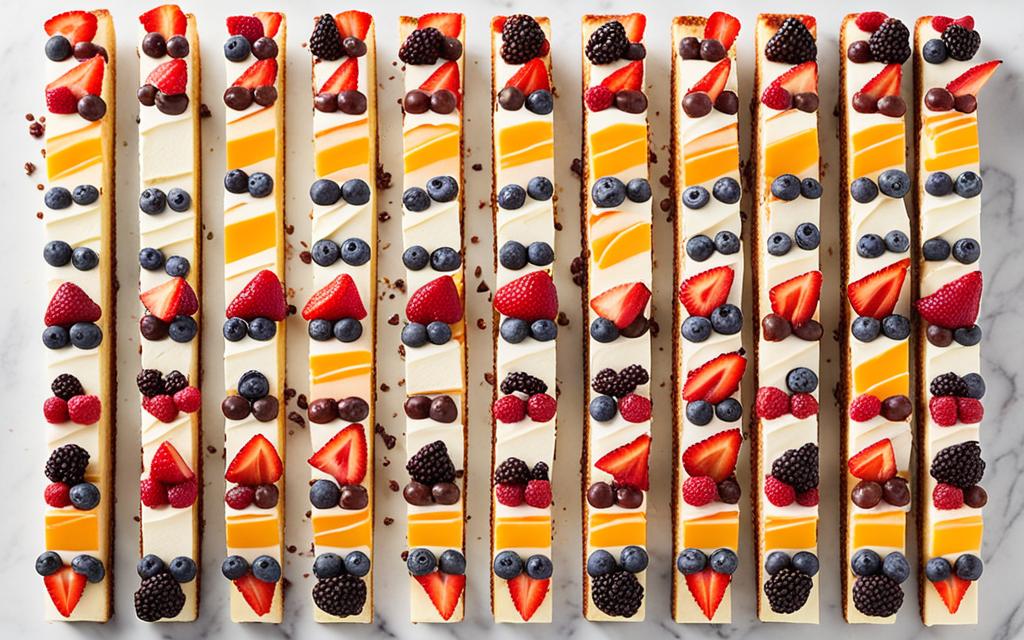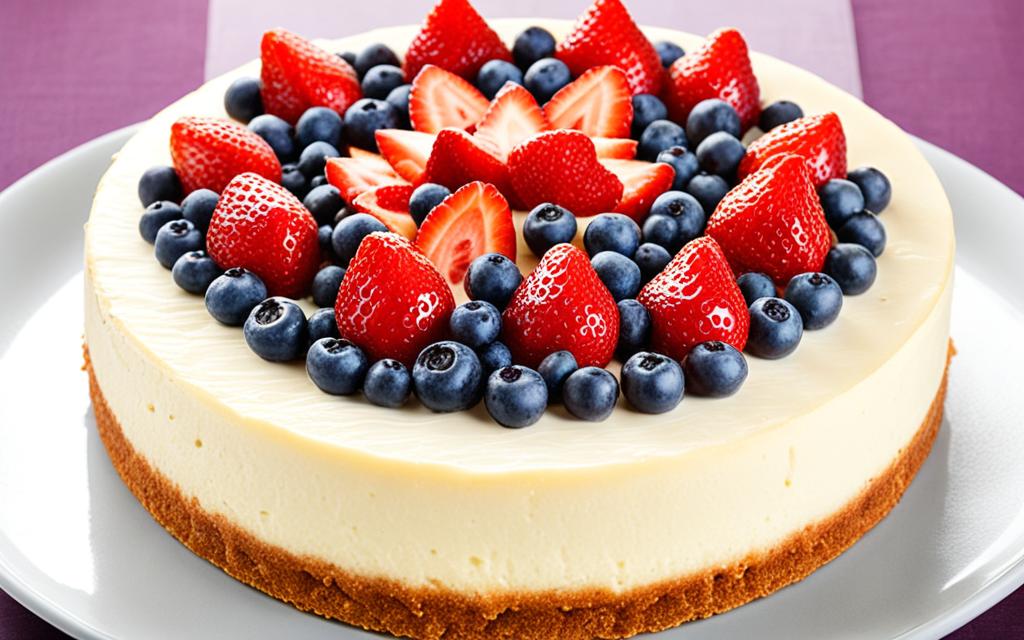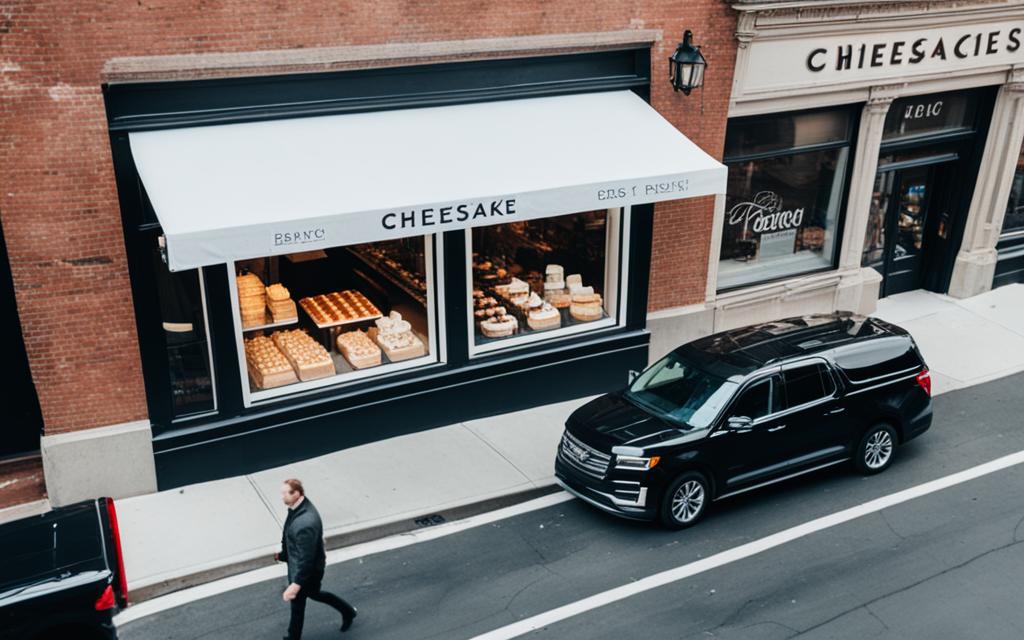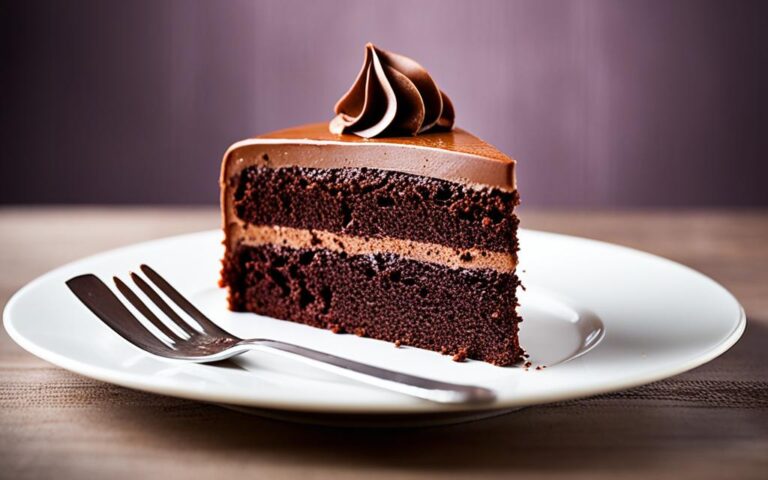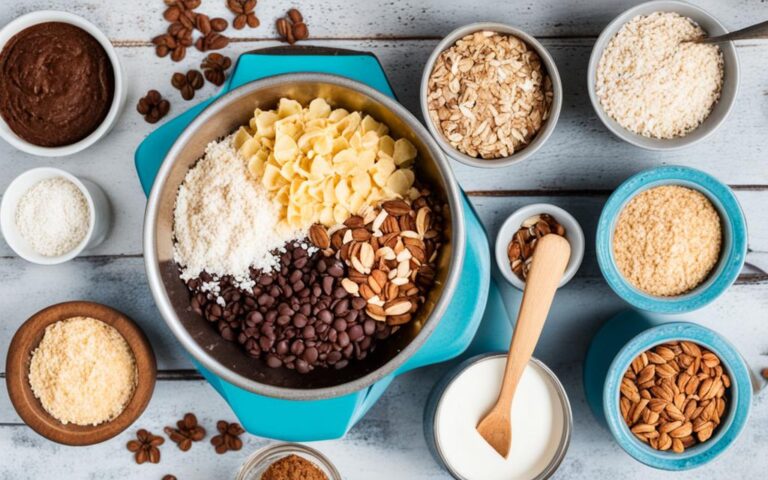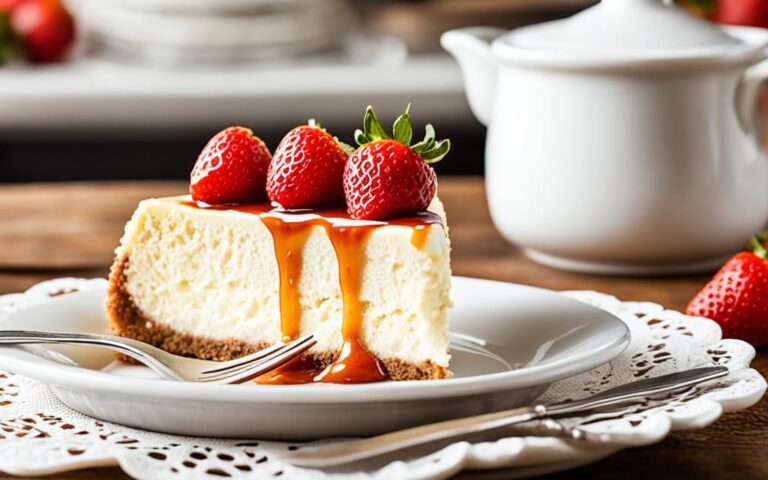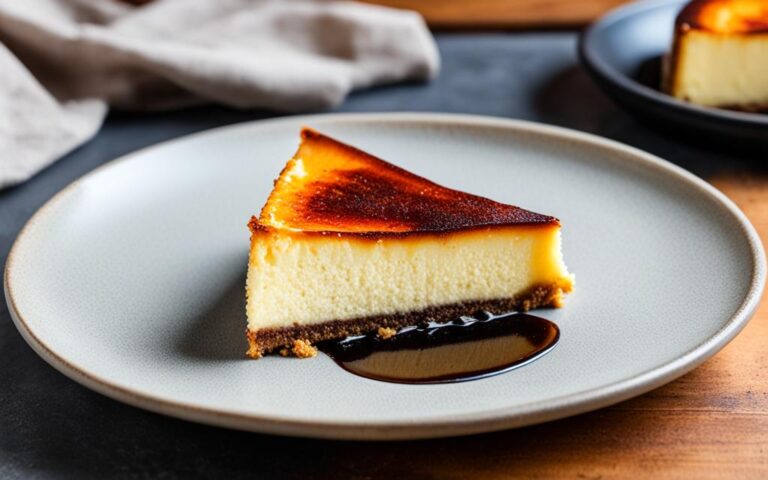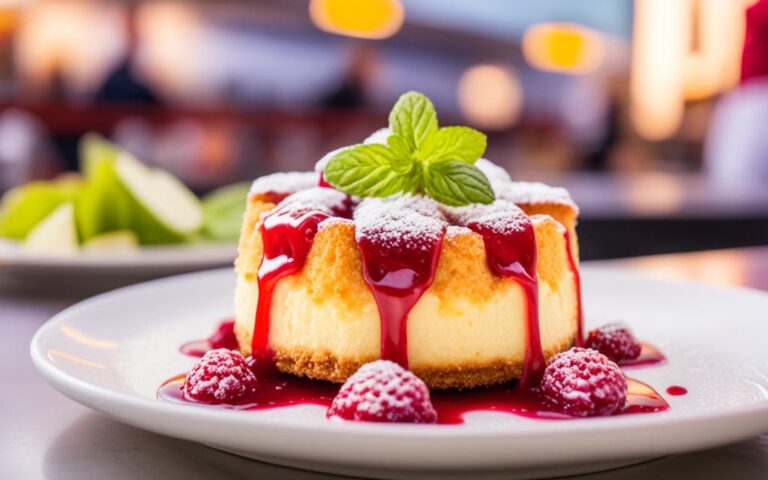Cheesecake Slices: Every Flavor Tells a Story
Views: 0
Welcome to the world of cheesecake slices! Each bite is a journey through flavors and history. These desserts have a rich tale to tell.
Cheesecake’s story starts over 4,000 years ago in Ancient Greece. Cheese molds found on Samos show the earliest form. Greeks used simple items like flour, wheat, honey, and cheese to make their first cheesecakes.
The cheesecake recipe changed over time and place. Every region put its own spin on the dessert. The Romans added cheese and eggs, while Americans made cream cheese famous. This led to the New York style cheesecake we love today.
Yet, what makes cheesecake so amazing isn’t just the ingredients. It’s the stories hidden in every taste. Discover the world through cheesecake slices. Each slice tells a tale of a distant time and place.
The Journey of Cheesecake Around the World
Cheesecake is a much-loved dessert that has traveled the world. Each area has added its touch, making it unique with different flavors. Italian cheesecakes use ricotta, Greek ones use mizithra or feta. The story of cheesecake is the story of how food can be a window into different cultures.
Italy: The Creamy Delight of Ricotta Cheesecake
In Italy, cheesecake is light and delicate thanks to ricotta. This cheese makes the dessert creamy and softer. Italians love their ricotta cheesecake and often pair it with espresso.
Greece: Mizithra or Feta, a Mediterranean Twist
Greek cheesecakes are different, using mizithra or feta cheese. These cheeses make it crumbly and add a special flavor. In Greece, people enjoy it with mezze, celebrating their heritage.
Germany: Cottage Cheese, a German Delight
Germany’s twist includes cottage cheese, giving it a tangy taste. This version is very popular. It brings people joy during special times or in the afternoon with tea.
Japan: A Harmonious Blend of Cornstarch and Egg Whites
Japan’s cheesecake is made with cornstarch and egg whites, making it fluffy. This creation is light and is enjoyed with green tea. It shows how cultures harmonize through food.
United States: A Tapestry of Regional Flavors
The United States has many cheesecake styles. Chicago’s is creamy with sour cream. Philadelphia’s is light and can have various toppings. St. Louis has a unique take, combining cheesecake with gooey butter.
“The journey of cheesecake shows us how food can be creative and wildly diverse. It brings together the traditions and new ideas from across the globe.”
The Universal Ingredients that Bind Us All
Though cheesecakes vary, they all have cheese, wheat, and sweeteners. These basics unite us in enjoying the dessert. A cheesecake slice is a sign of happiness and good times everywhere.
| Region | Distinct Flavor |
|---|---|
| Italy | Ricotta Cheese |
| Greece | Mizithra or Feta Cheese |
| Germany | Cottage Cheese |
| Japan | Cornstarch and Egg Whites |
| United States | Regional Flavors |
Cheesecake brings people together, celebrating the world’s flavors. It is a dessert that welcomes everyone, showing that joy has no borders. Explore this sweet adventure, one slice at a time.
https://www.youtube.com/watch?v=3ZkBbi1eEf8
The Rise of Cheesecake Slices
Cheesecake slices are now more popular than ever. People all over the globe are falling in love with them. What’s the secret to their success? It’s the creamy taste that a little cream cheese adds to the mix.
“Cream cheese was a game-changer in the world of cheesecake. Its velvety texture and rich flavor brought a new level of indulgence to this beloved dessert.”
In 1872, a New York dairy farmer changed cheesecake forever. He was trying to make a cheese from France called Neufchâtel. What he made instead was a new kind of cheese that was even better for cheesecake. This happy mistake led to the creation of Philadelphia Cream Cheese. Today, many cheesecakes are made using this famous ingredient.
New York style cheesecake got its big break in the 1900s. It was loved for its creamy texture and plain looks. This cheesecake didn’t need fancy toppings or extra flavor. It was simple but oh so tasty, thanks to the cream cheese. The New York style let cream cheese’s richness be the star.
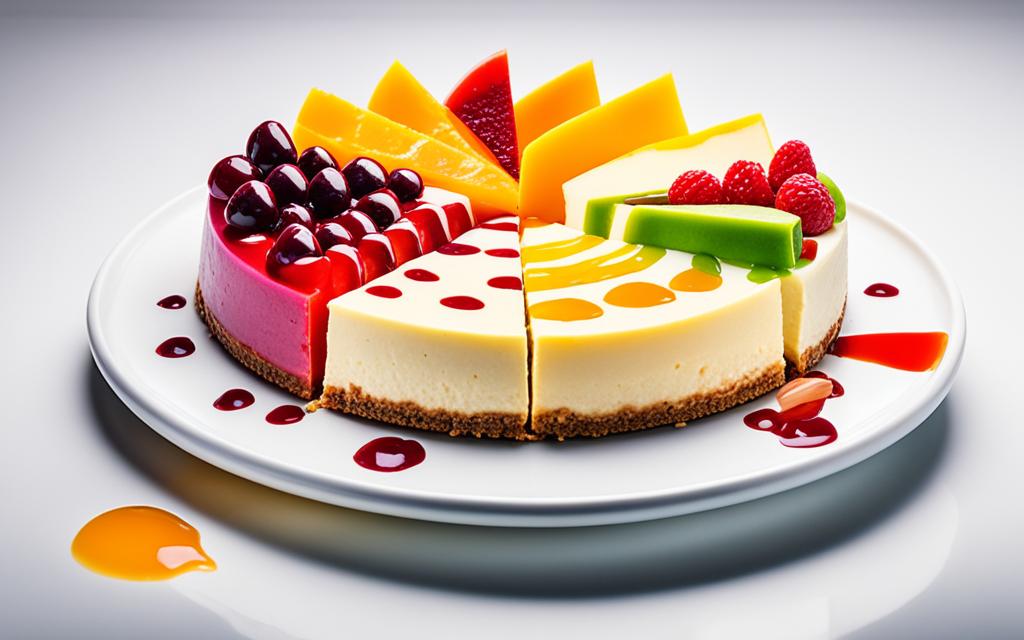
Conclusion
Cheesecake has a long and interesting history of cheesecake. It started in ancient Greece and went on a global journey. This tasty dessert is now loved all over the world.
As cheesecake’s popularity grows, it symbolizes joy and special moments. You can find it in many flavors, from fruity to chocolate. Each slice offers something special, making every bite a delight.
Why not explore the world of cheesecake slices? You can learn about the dessert’s history of cheesecake while enjoying its flavors. Try the classic New York style or discover new variations. Let the taste of cheesecake take you on a journey through its unique and delicious story.
FAQ
What is the history of cheesecake?
Cheesecake has a long history, tracing its roots back over 4,000 years to Greece. Evidence on the island of Samos suggests it started around 2,000 B.C.
How did cheesecake evolve over time?
The recipe changed when Romans added cheese and eggs, making it warm. Then, as they traveled, cheesecake spread across Europe. Each place made it with local twists.
What are some regional variations of cheesecake?
Italy uses ricotta, Greece prefers mizithra or feta, and Japan mixes cornstarch with egg whites. Germans like their cheesecake made with cottage cheese.
What are the main ingredients in cheesecake?
Cheesecake usually includes cheese, wheat, and a sweetener. The type of cheese used changes based on the recipe and where it’s from.
What is the New York style cheesecake?
The New York style is known for being super creamy and it uses extra egg yolks. It gained popularity in the early 1900s. It’s served plain without any extra toppings or flavors.
How did cream cheese become a staple in cheesecake?
Cream cheese was made by accident in 1872 by a New York dairy farmer. He was trying to make Neufchatel, a French cheese, and made cream cheese instead. This led to the famous Philadelphia Cream Cheese we still use today.

